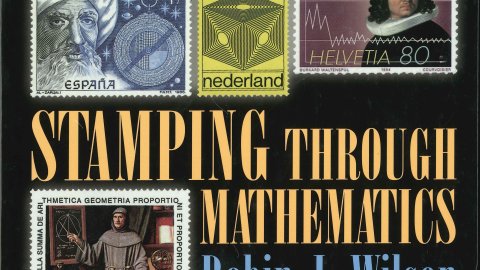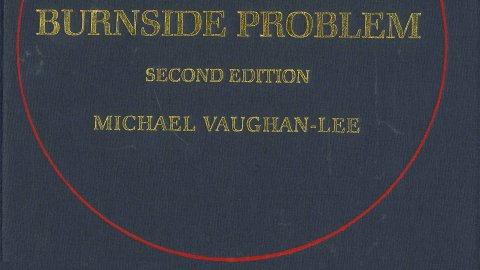From MHV diagrams and Twistors to the one-loop Dilatation Operator in the SO(6) sector
Abstract
About 10 years ago Minahan and Zarembo made a remarkable discovery: the one-loop Dilatation Operator in the SO(6) sector of planar N=4 SYM can be identified with the Hamiltonian of an integrable spin chain. This one-loop Dilatation operator was obtained by computing a two-point correlation function at one loop, which is a completely off-shell quantity. Around the same time, Witten proposed a duality between N=4 SYM and twistor string theory, which initiated a revolution in the field of on-shell objects like scattering amplitudes. In this talk we illustrate that these techniques that have been sucessfully used for on-shell quantities can also be employed for the computation of off-shell quantities by computing the one-loop Dilatation Operator in the SO(6) sector. The first half of the talk will be dedicated to doing this calculation using MHV diagrams and the second half of the talk shows the computation in twistor space.
These two short talks will be followed by an informal afternoon session for those interested in further details of these approaches, and in form factors in Class Room C2 from 2-4.30 pm then from 4.30pm in N3.12. All are welcome.




